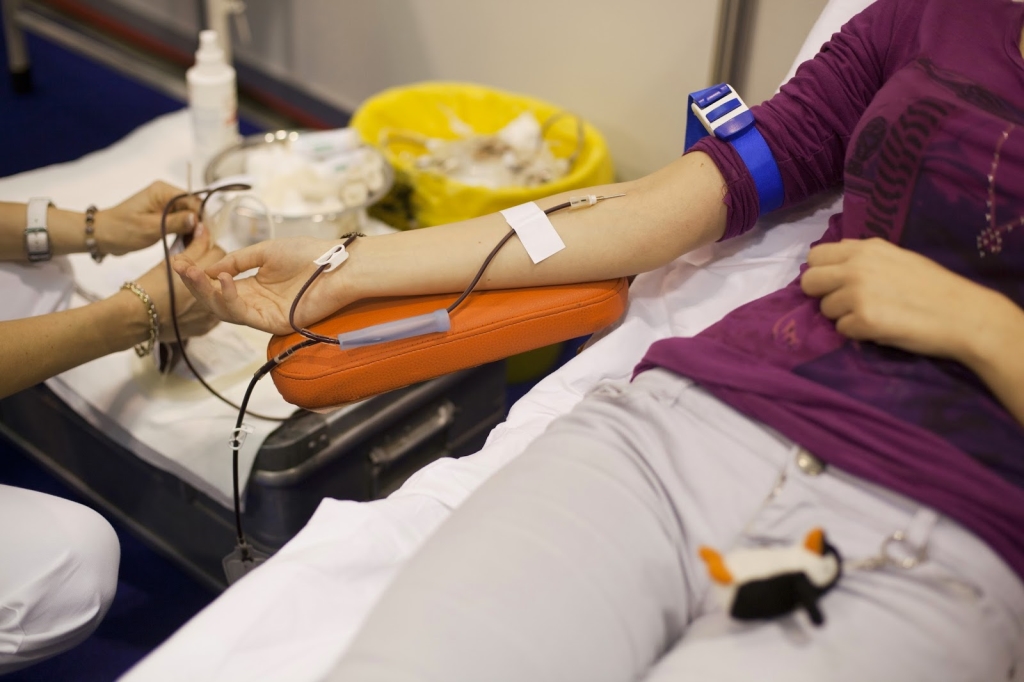Mastering the State Phlebotomy Exam: Essential Tips for Certification Success
Embarking on your journey to become a certified phlebotomist is an exciting step towards a rewarding healthcare career. The state phlebotomy exam is a critical milestone in achieving your certification, but it can also be challenging without proper preparation.In this comprehensive guide, we’ll share essential tips, effective strategies, adn expert advice to help you pass the exam with confidence. Whether you’re a beginner or seeking a refresher, mastering this exam is entirely achievable with the right approach.
Understanding the Importance of the State Phlebotomy Exam
The state phlebotomy exam tests your knowledge of blood collection techniques,safety protocols,patient interaction,and legal considerations. Successfully passing this exam not only grants you certification but also demonstrates your competence and professionalism as a healthcare provider.
To excel, it’s crucial to understand the exam structure and content areas. Let’s explore what you can expect and how to prepare effectively.
Exam structure and Content Areas
| Section | Focus areas |
|---|---|
| Blood Collection Techniques | Venipuncture,capillary collection,specimen handling |
| patient Interaction & Communication | Patient prep,explaining procedures,addressing concerns |
| Safety & Infection Control | Worldwide precautions,proper glove use,infection prevention |
| Legal & Ethical Responsibilities | Patient confidentiality,consent,documentation |
| Lab & Equipment Knowledge | Test types,labeling,specimen transport |
Essential Tips for Passing the State Phlebotomy Exam
1. Develop a Robust Study Plan
Your success begins with planning. Allocate specific time blocks dedicated to studying each content area, and stick to your schedule. Use a mix of textbooks, online courses, practice exams, and flashcards for diverse learning experiences.
Tip: Start your preparation at least 4-6 weeks before the exam date to ensure ample review time.
2. Focus on Practical Skills
Since the exam assesses your blood collection techniques, hands-on practice is essential. Partner with a classmate or instructor to refine your venipuncture and capillary collection skills. pay close attention to:
- Proper site selection
- Correct needle and tube handling
- Proper patient identification
- Minimizing discomfort and preventing complications
Many certification programs include practical assessments, so thorough training is critical.
3. Take Practice Exams Regularly
Simulating the exam habitat helps identify knowledge gaps and builds confidence. Use practice tests that mimic the state-specific exam content and time constraints. Analyze your results to focus your studies on weaker areas.
| Practice Exam Tips | Benefits |
|---|---|
| Set timed conditions | Builds time management skills |
| Review answer rationales | Enhances understanding |
| keep track of scores | Monitor progress and adjust study plan |
4. Master the State-Specific Regulations
Each state might have different requirements and regulations regarding phlebotomy practice. Check your state’s health department website or certification board for specific guidelines to ensure your knowledge aligns with local standards.
5. Practice Soft Skills and Professionalism
The exam evaluates not only technical knowledge but also your communication and professionalism. Practice:
- Clear explanations to patients
- Maintaining a courteous and empathetic attitude
- Documenting procedures accurately
These soft skills will boost your confidence during the exam and in your future role.
Benefits of Certification and Practical Tips for Success
Obtaining a certification in phlebotomy opens doors to diverse job opportunities, increased earning potential, and professional growth.Certification also signifies your competence to employers and patients alike.
Here are practical tips to turn your preparation into success:
- Join study groups: Collaborate to learn from peers.
- Use visual aids: Diagrams and videos enhance understanding.
- Stay organized: Keep track of study materials and progress.
- Take care of yourself: Rest, nutrition, and stress management support effective learning.
Real-Life Case Study: Achieving Certification Success
Case Study: sarah’s Journey to Certify as a Phlebotomist
Sarah was initially nervous about the certification exam. She dedicated 6 weeks to studying a structured plan that included daily review of technical skills, weekly practice exams, and participation in a hands-on training course. She emphasized understanding state-specific regulations and soft skills training.
On exam day, Sarah used stress-relief techniques to stay focused. She passed the test confidently, secured her certification, and landed a position at a top healthcare clinic. Her structured preparation and practical experience made all the difference.
Conclusion
Passing the state phlebotomy exam is a critical step on your career path as a healthcare professional. With diligent preparation, hands-on practice, and a clear understanding of state regulations, you can master the exam and achieve certification success. Remember, consistent effort, practical skills, and confidence are your best allies in this journey. Follow the tips outlined in this guide, stay motivated, and you’ll be well on your way to a rewarding career in phlebotomy.
Ready to Start Your Certification Journey?
Prepare effectively, practice diligently, and stay positive. Your certification achievement is within reach-start today for a successful tomorrow!
